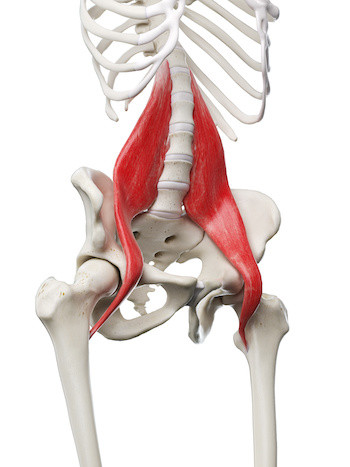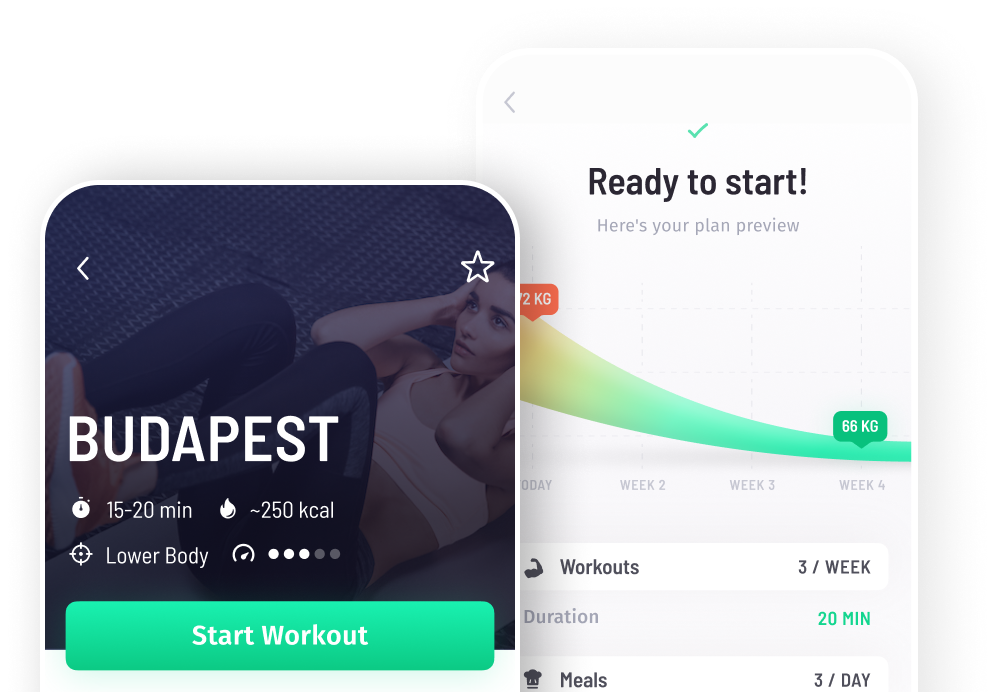You have most likely heard about the psoas muscle at the gym or a fitness class and you are probably wondering ‘what is the psoas muscle?’ and ‘what is the psoas muscle function?’ The psoas muscle is arguably the most important muscle in your body and it is central to movement and rest. So let’s go on to learn about what the psoas muscle is, where it is found, and why it is so important.
What is the psoas muscle?
The psoas muscle is a muscle group that connects your torso and your legs and is a messenger of the central nervous system.
Where is the psoas muscle?

The psoas muscle location is in your core, towards your lower back and is as big as a wrist. It is the deepest muscles in your core, attaching from your 12th thoracic vertebrae to your 5 lumbar vertebrae. As such, it originates from the lumbar vertebrae and it is a strip of muscle that follows along and close to each side of the spine. It is found inside the hip and thigh bones.
What is the function of the psoas muscle?
The psoas muscle is the strongest of the hip flexors and it enables you to get out of bed in the morning and stand/sit up. It stabilizes your spine, enables you to bend your hips and legs towards your body, and affects your posture as it helps maintain an anterior tilt of the pelvis. Your psoas muscles also support your internal organs.
So for any movement that flexes your hips, the psoas muscle is involved. This includes: walking, running, sitting, playing sports and climbing stairs.
Weak psoas muscle challenges
If you have an arched back or have challenges flexing your hip joint, this could very well be related to a tight or weak psoas muscle. A weak or tight psoas muscle can also result in lower back pain, or knee issues as other parts compensate for a weak psoas.
Support your psoas muscle
One of the most important things to remember in supporting your psoas muscle is that every movement comes from your core. If you have a tight psoas muscle, rest is required to give your central nervous system and consequently, your psoas muscle a rest.
You can strengthen your psoas by sitting with good posture, abs engaged and bringing one knee above 90 degrees. Hold and repeat, switching legs.
Did you enjoy this article? Share it!

